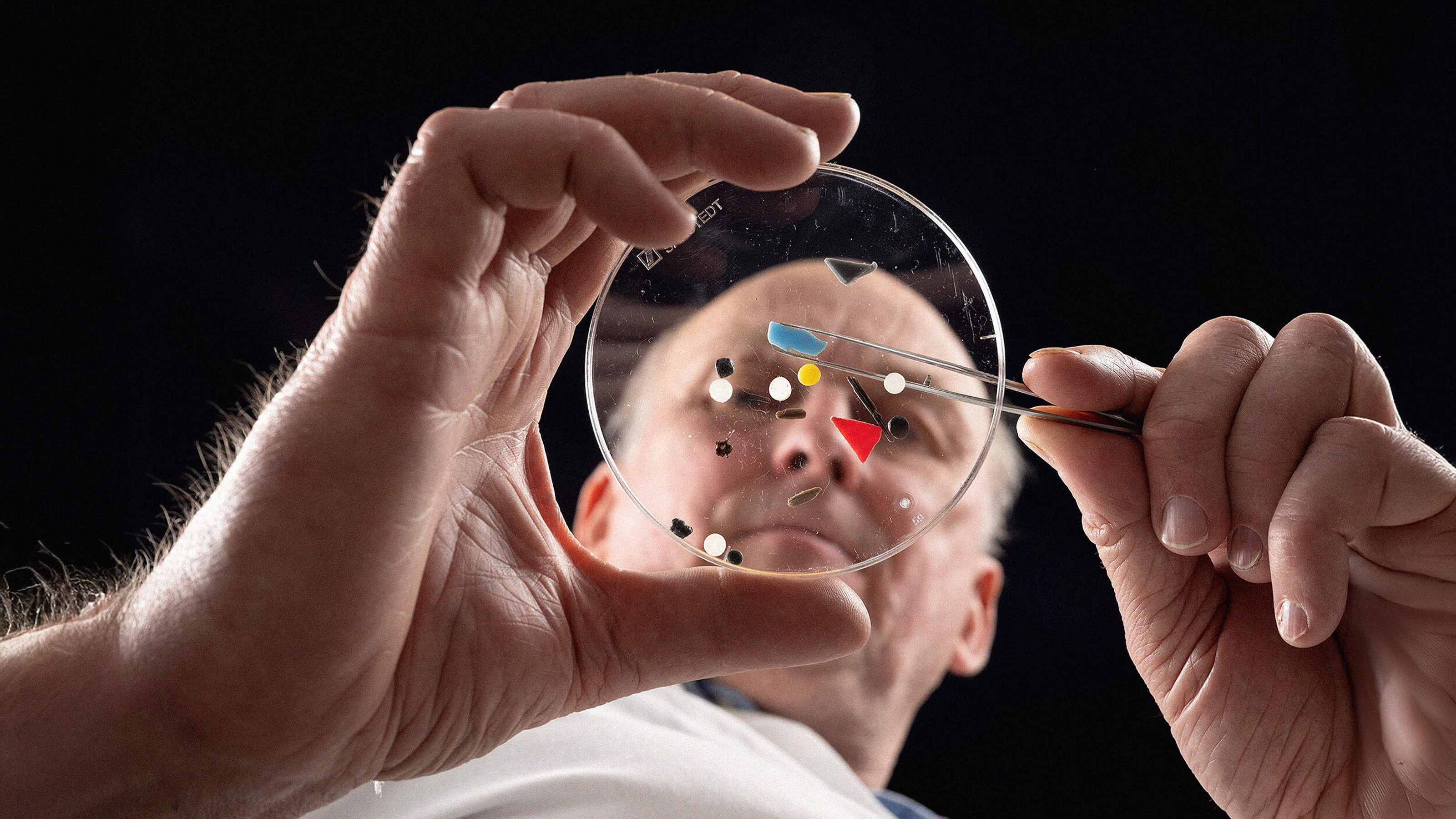There are a number of myths surrounding public performance that spoken-word poet and co-founder of Project Voice Sarah Kay helps to dispel. Perhaps the chief myth is that you can’t both be nervous and enjoy the experience of public speaking. In reality, being nervous is an inevitable part of the experience, but understanding why the audience came to see you — they just want to have fun — can help conquer your fear. Kay has plenty of tips and tricks that will make you feel more comfortable on stage and in the process of preparing your performance or speech. Some artists try to zone out while they’re performing. Perhaps because it is strange to be the spectacle, to know that everyone in the room has their eyes on them, ears on them, hoping they’ll be great but squinting hard to catch mistakes. It’s easier to go through a speech imagining all the audience in their underwear, just as embarrassed and ashamed. But it’s not better. Button Poetry alumni Jesse Parent and Neil Hilborn stay similarly attuned to their audience. They can tell when the audience is getting sucked in. Jesse Parent listens to the laughter in the audience, and holds off on continuing his poetry until it dies down, reacting to the whoops and cheers of the people listening. It’s such moments that capture something deeply mesmerizing: honesty. Kay thinks those unplanned moments are when the truth comes out. When an accident happens on stage, it’s the most authentic and real thing about the whole show. That’s the moment of connection between the watcher and the speaker. It’s the speaker’s job to create an experience for every member in the audience, and while this can be incredibly hard, especially as Kay recalls performing for 3000 people, it isn’t impossible. But to do it, you can’t imagine your audience isn’t there, and can’t pretend they’re too busy being humiliated in their underwear to be paying attention. They are looking at you. Face it. Smile back. Kay refines her performances by listening and paying attention to every person in the audience. As Jesse Parent holds up his hand to acknowledge the people in the audience, Kay remarks on the person in the red sweater and jokes on their surroundings or the news of the day to show everyone that this is a moment, not just a speech.
Sarah Kay: Certainly when I think about performance in the classroom we focus on performance as process and not performance as product. I think a lot of times people think about performance only as the last step and it’s the final presentation and they get one shot and they can’t mess it up. And that just raises the stakes so unnecessarily around something that is already kind of scary. But instead if we think about what is the process of performance. Process of performance involves risk taking. It involves vulnerability. Involves experimenting. Involves joy. Involves wanting to be here. Involves the audience. Involves who are you talking to, what are you saying, how can you best communicate all of those things. What are the strategies and performance you can use so that your audience receives exactly what you want them to. These are all of the parts of performance that we deal with and experiment with throughout as we’re writing, as we’re creating so that the emphasis is less on one final performance and more on how is performance used and how can we make use of it as communicators. The easiest way to minimize stage fright I have found is to lower the stakes around performance. So by allowing people to just be more familiar and have more experiences with performance instead of just one final performance they’re already used to this is what it feels like when I’m in front of an audience. This is what my body feels like. This is what happens when I sweat a lot before I go on stage. This is what a microphone feels like. All of those things if they’re more familiar with them than getting up on stage feels less foreign and feels less terrifying. So that’s the easiest way to combat stage fright is just a lot of practice and a lot of familiarity with the elements of performance and what’s going to happen when you’re on stage.
A lot of times when people have stage fright there’s a little voice in the back of their head that’s going uh oh, I’m going to be up there all alone and everyone is going to be watching me and everyone is going to be waiting for me to mess up so they can be like aha, I knew it. You suck. And that’s very unrealistic for two main reasons. One is that when you’re on stage you’re not alone. You’re in a room full of people. And it’s important to remember that for many reasons but a big one is that those people all are a part of this moment with you and they want to enjoy themselves. The second reason why that fear doesn’t make any sense is because no one ever goes to see a live performance and sits down and is like I hope this is going to be terrible, right. Nobody does that. You go to see a live performance and you go oh I hope that this is great. I hope I enjoy myself. I hope this is so great that later people are like oh, you got to see that? It’s amazing. That’s what your audience feels when they’re watching you. And if you can remember that you can say oh, everyone here is wanting to have a good time. They’re looking at me for permission to have a great time. And one of the best ways for them to have a great time is for you to have a great time. When I talk about performance I usually talk most about experimenting and enjoying yourself. I really believe that those are the two most critical things that you can focus on when you’re performing. Trying things out. Seeing what works, what you like, what you want to keep for next time, what you might want to change. And also genuinely enjoying yourself. If you don’t want to be there nobody else does either. If you get on stage and you’re like uh, I really wish I wasn’t here right now. Everyone in the room goes oh, I really wish I wasn’t here right now. But if you get on stage and you’re like hey, I’m really excited to be here. What’s going to happen. Everybody in the room goes oh, I’m really excited to be here. What’s going to happen. That’s the affect you have on everybody based on what energy you are pouring into the room. It doesn’t mean that you can’t be nervous. I think sometimes people think that either you’re nervous or you can do a good show and it can’t be both. But that’s not the case. Most of the time when I’m on stage I’m incredibly nervous but I’m also enjoying myself because I have to be. If I’m not enjoying myself nobody else is either.





